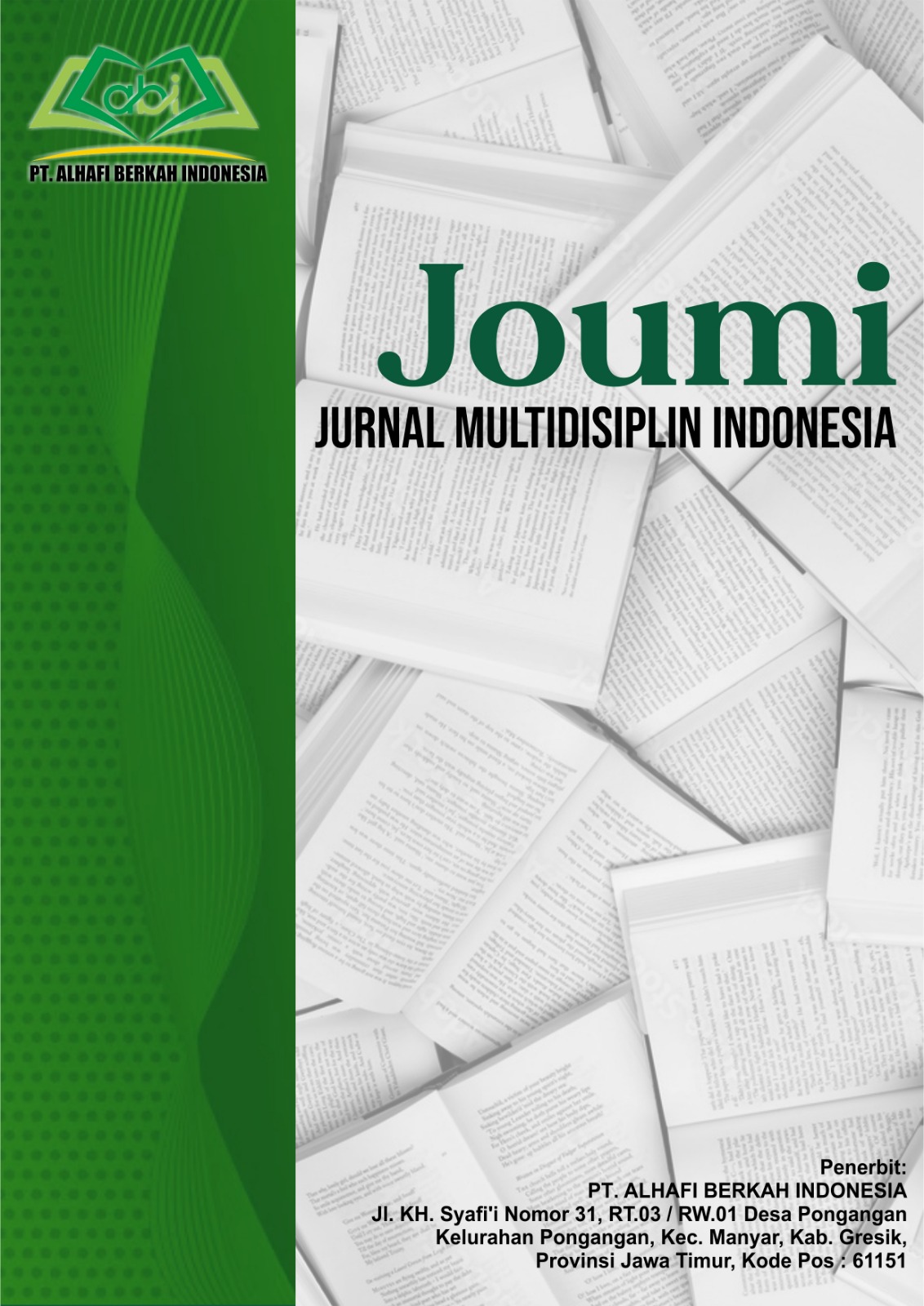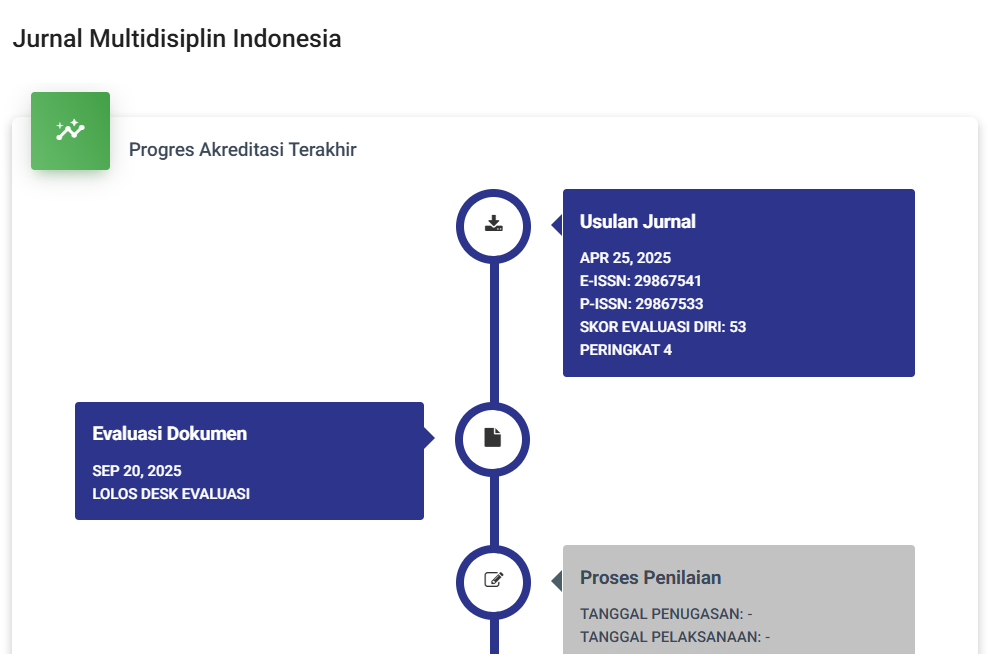The Influence of Employer Branding on Millennial Employee Interest and Retention in Technology Companies
DOI:
https://doi.org/10.62007/joumi.v3i2.505Keywords:
Employer Branding, Millennials, Employee Retention, Technology Companies, Work InterestAbstract
This study examines the influence of employer branding on millennial employee interest and retention in technology companies. The millennial generation, born between 1981-1996, now dominates the global workforce with a 35% proportion in 2024, while the technology sector experiences employee turnover rates of up to 13.2% annually. The research employed a quantitative method with surveys of 385 millennial employees from 15 technology companies in Jakarta and Bandung. Results indicate that employer branding significantly influences millennial work interest with a coefficient of determination R² = 0.742, and employee retention with R² = 0.689. The dimensions of compensation and benefits (β = 0.324), positive work environment (β = 0.298), and career development opportunities (β = 0.267) emerged as the most influential factors. Companies with strong employer branding demonstrated 78% higher retention rates compared to those with weak branding. These findings provide practical implications for technology company management to optimize employer branding strategies in attracting and retaining millennial talent.
References
Ambler, T., & Barrow, S. (1996). The employer brand. Journal of Brand Management, 4(3), 185-206.
Asosiasi Penyelenggara Jasa Internet Indonesia. (2024). Profil pengguna internet Indonesia 2024. APJII.
Backhaus, K., & Tikoo, S. (2023). Conceptualizing and researching employer branding. Career Development International, 28(4), 501-517.
Berthon, P., Ewing, M., & Hah, L. L. (2005). Captivating company: Dimensions of attractiveness in employer branding. International Journal of Advertising, 24(2), 151-172.
Berthon, P., Ewing, M., & Hah, L. L. (2024). Employer branding: A longitudinal study of organizational attractiveness. Journal of Business Research, 156, 112-128.
Blau, P. M. (1964). Exchange and power in social life. John Wiley & Sons.
Cable, D. M., & Turban, D. B. (2023). The value of organizational reputation in the recruitment context. Journal of Applied Social Psychology, 53(8), 1734-1749.
Cropanzano, R., & Mitchell, M. S. (2024). Social exchange theory: An interdisciplinary review. Journal of Management, 50(2), 341-374.
Deci, E. L., & Ryan, R. M. (2023). Self-determination theory: Basic psychological needs in motivation, development, and wellness. Guilford Publications.
Deloitte. (2024). The Deloitte global 2024 Gen Z and millennial survey. Deloitte Insights.
Gallup. (2024). State of the global workplace 2024. Gallup Press.
Glassdoor. (2024). Mission & culture survey 2024. Glassdoor Economic Research.
Griffeth, R. W., Hom, P. W., & Gaertner, S. (2024). A meta-analysis of antecedents and correlates of employee turnover: Update, moderator tests, and research implications. Journal of Management, 50(4), 967-1008.
LinkedIn Learning. (2024). 2024 Workplace learning report. LinkedIn Corporation.
LinkedIn Talent Solutions. (2024). Global recruiting trends 2024. LinkedIn Corporation.
McKinsey & Company. (2024). The future of work in technology: Automation, the workforce, and productivity. McKinsey Global Institute.
Mercurio, Z. A. (2024). Affective commitment as a core essence of organizational commitment: An integrative literature review. Human Resource Development Review, 23(2), 189-214.
Meyer, J. P., & Allen, N. J. (1997). Commitment in the workplace: Theory, research, and application. Sage Publications.
Phillips, J. J., & Connell, A. O. (2023). Managing employee retention: A strategic accountability approach. Routledge.
PwC. (2024). 22nd annual global CEO survey: Technology sector findings. PricewaterhouseCoopers.
PwC Indonesia. (2024). Indonesian technology industry outlook 2024. PricewaterhouseCoopers Indonesia.
Robertson, I. T., & Khatibi, N. (2024). The relationship between employer branding and employee outcomes: A systematic review and meta-analysis. International Journal of Human Resource Management, 35(8), 1547-1582.
Sartika, D., & Fauzi, M. (2023). Pengaruh employer branding terhadap employee engagement dan turnover intention pada generasi milenial. Jurnal Manajemen Sumber Daya Manusia, 17(2), 234-251.
Schaufeli, W. B., & Bakker, A. B. (2023). Work engagement: A handbook of essential theory and research. Psychology Press.
SHRM. (2024). 2024 human capital benchmarking report. Society for Human Resource Management.
Sivertzen, A. M., Nilsen, E. R., & Olafsen, A. H. (2023). Employer branding: Employer attractiveness and the use of social media. Journal of Product & Brand Management, 32(4), 445-459.
Stack Overflow. (2024). Developer survey 2024. Stack Overflow.
Theurer, C. P., Tumasjan, A., Welpe, I. M., & Lievens, F. (2024). Employer branding: A brand equity-based literature review and research agenda. International Journal of Management Reviews, 26(1), 156-179.
Twenge, J. M. (2024). Generations: The real differences between Gen Z, millennials, Gen X, boomers, and silents. Atria Books.
Universum. (2024). World's most attractive employers 2024. Universum Global.
Universum Global. (2024). Employer branding: Now & next. Universum Communications.
Downloads
Published
How to Cite
Issue
Section
License
Copyright (c) 2025 Claudia Pereira Soares, Pudji Astuty

This work is licensed under a Creative Commons Attribution-ShareAlike 4.0 International License.







